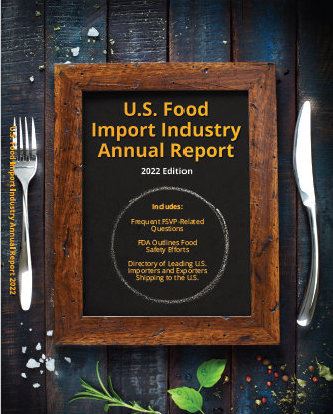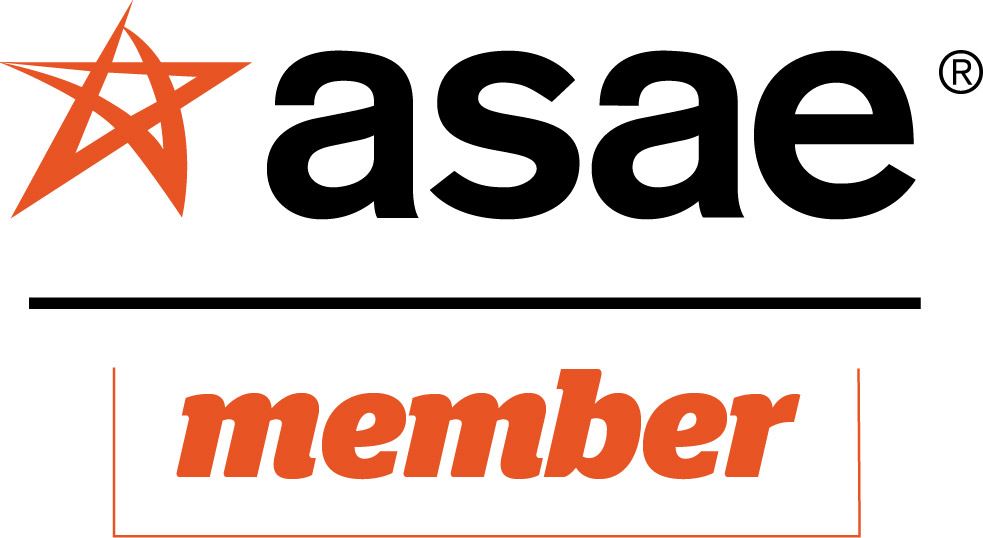FDA Exec: Agency Addressing its Priorities in Protecting Public HealthAFI Staff Report
The following contains excerpts of a recent speech by FDA Acting Commissioner Dr. Janet Woodcock. Last year, as we did with the year before, the FDA and nation as a whole faced unique and unprecedented challenges as we continued to navigate the COVID-19 pandemic. And while the virus has proven to be persistent, it is with a great sense of pride that I am able to highlight the strength and resilience of the FDA’s workforce through it all. While much of the attention the agency received in 2021 focused on our response to the pandemic, I am pleased to note that, despite a great deal of uncertainty, the agency was able to accomplish a wide range of its priorities that are already protecting the health and well-being of millions of people living in the U.S. The FDA has a broad public health agenda reflected in three key areas: public health and consumer protection; modernization to keep pace with evolving science and technology; and emergency preparedness and response. Since its initial inception in 1906, the FDA’s work has touched nearly every area of our lives. Each day our employees work to help ensure the safety, efficacy, quality and/or lawfulness of the products we regulate. What this means is that the FDA is responsible for overseeing nearly $3 trillion annually in medical products, food, including dietary supplements, cosmetics and tobacco products. Combined, these products account for about 20 cents of every dollar spent on consumer goods in this country. Every year the FDA reviews hundreds of product applications, ultimately determining which drugs, devices or biological products (e.g., vaccines) will be marketed in the U.S. The process involved is rigorous, thoughtful and always adheres to standards for safety and effectiveness. We help to ensure that the human and animal food supply is safe, sanitary and accurately labeled and that cosmetic products are safe and properly labeled. The agency also protects Americans from tobacco-related death and disease by regulating the manufacture, distribution and marketing of tobacco products and by educating the public about tobacco products and the dangers their use poses. We also work to ensure the public has the accurate, science-based information needed to make health decisions. This report offers just a small sampling of highlights of the agency’s work in 2021. Our work in each of these areas (as well the countless efforts not mentioned) will have a profound impact on the health and safety of the American public for years to come. The report serves to demonstrate the FDA’s high standards and meticulous and dynamic review process, which relies on and is informed by the best available science and most rigorous data. Americans can take comfort in knowing that we apply this approach in every action we take, whether evaluating a new medical product, tracking an outbreak of foodborne illness, determining if new tobacco products meet the legal standard for marketing, or responding to the challenge of an unparalleled public health emergency. At a time when misinformation and disinformation are so prevalent, Americans can trust and depend on the FDA for essential information, particularly as it relates to public health. It is this reliability and consistency that makes the accomplishments outlined in this report possible. The COVID-19 pandemic has challenged us, but it also has afforded us an opportunity to develop smarter responses and to better prepare for the future. In 2021, we coordinated with NIH on a workshop exploring the science surrounding the use of bioactive ingredients in infant formula and we continued our work on reducing babies’ and young children’s exposure to toxic elements in foods. Nutrition during pregnancy and in early childhood is critically important in supporting the health and wellbeing of parents and their children. In March 2021, we issued a letter to baby and toddler food manufacturers and processors covered by the preventive control provisions of the Current Good Manufacturing Practice, Hazard Analysis and Risk-Based Preventive Controls for Human Food rule. The letter reminds them of their existing responsibility to consider risks from chemical hazards – including toxic elements – when conducting a hazard analysis. The release of the action plan, Closer to Zero, set forth the agency’s approach to reducing exposure to toxic elements in foods commonly eaten by babies and young children to the lowest possible levels. Our plan outlines a multi-phase, science-based, iterative approach to achieving our goal of getting levels of toxic elements in foods closer to zero over time. We have prioritized babies and young children because their smaller body sizes and metabolism make them more vulnerable to the harmful effects of these contaminants. Homemade Infant Formula: We received reports of hospitalized babies who had been fed homemade infant formula and then suffered from hypocalcemia – or low calcium. We determined it was critical to inform parents and caregivers on nutritional requirements and safety issues by issuing Infant Formula: Safety Do’s and Don’ts. But the importance of nutrition and food safety extends well beyond childhood. We are equally committed to making sure that the food each of us eats every day is safe as well; foodborne illnesses also remain a significant public health challenge. The availability of safe and nutritious foods across the population is a key element of ensuring equitable health outcomes. Sodium: Limiting certain nutrients, such as sodium, in our diets plays a crucial role in preventing diseases. The FDA took a critical step to further address preventable diet-related chronic diseases and advance health equity in issuing the final guidance, Voluntary Sodium Reduction Goals: Target Mean and Upper Bound Concentrations for Sodium in Commercially Processed, Packaged and Prepared Foods, that provides voluntary short-term sodium reduction targets for food manufacturers, chain restaurants and food service operators for 163 categories of processed, packaged and prepared foods. In December 2021, the FDA issued a proposed rule that aims to enhance the safety of produce. It proposes to require farms to conduct comprehensive assessments that would help them identify and mitigate hazards in water used to grow certain produce. This is the latest step in the implementation of FSMA, and it proposes to replace some of the existing requirements for agricultural water in the Produce Safety Rule. If finalized, we’re confident this proposal would result in fewer outbreaks in the U.S. related to produce, protecting public health and saving lives. We are building on FSMA through the New Era of Smarter Food Safety by helping to create a more-digital, traceable and safer food system. And, the New Era of Smarter Food Safety blueprint, creates a roadmap toward helping reduce the number of foodborne illnesses and protecting consumers from other food safety hazards. Activities in 2021 under the New Era of Smarter Food Safety initiative include: • Enhanced Food Traceability: We launched the New Era of Smarter Food Safety Low or No-Cost Tech-Enabled Traceability Challenge, calling for the submission of food traceability solutions that utilize economic models that are affordable for even the smallest producers and can scale to some of the largest firms – all with an eye toward encouraging widespread adoption. • Predictive Analytics: We created a new data analysis tool called 21 Forward to help identify where there could be disruptions in food supply continuity due to food worker absences because of the pandemic. We use COVID-19 human transmission forecast data from the Centers for Disease Control and Prevention to identify areas where COVID-19 could impact key segments of the food system. • Import Screening: We have been conducting a pilot program that leverages artificial intelligence to strengthen our ability to predict which shipments of imported foods pose the greatest risk of violation and use that information to better target import review resources. • Inspections: The New Era blueprint calls for an exploration of new ways to conduct inspections. Despite the COVID-19 pandemic, the agency continued remote inspections of importers subject to the Foreign Supplier Verification Programs requirements. Thanks to the verification programs, the FDA can request records electronically from importers to help ensure that their foreign food suppliers are meeting U.S. safety standards. As a result, the FDA conducted a record number of FSVP inspections in 2021.
|
2022 U.S. Food Import Industry Annual ReportChairman's Report - James Libby President's Report - Bob Bauer North American Olive Oil Association - Marco de Ceglie Processed Foods - Josh Gellert Nut & Agricultural Products - Travis Walvoord National Honey Packers & Dealers - Greg Olsen Regulatory and Trade IssuesFrequent FSVP-Related Questions FDA Exec: Agency Addressing its Priorities in Protecting Public Health FDA Outlines Food Safety Efforts USTR: Sustainable, Resilient Trade Policies a Shared Concern Supply Chain Resilience Key to a Firm’s Overall Resilience |



